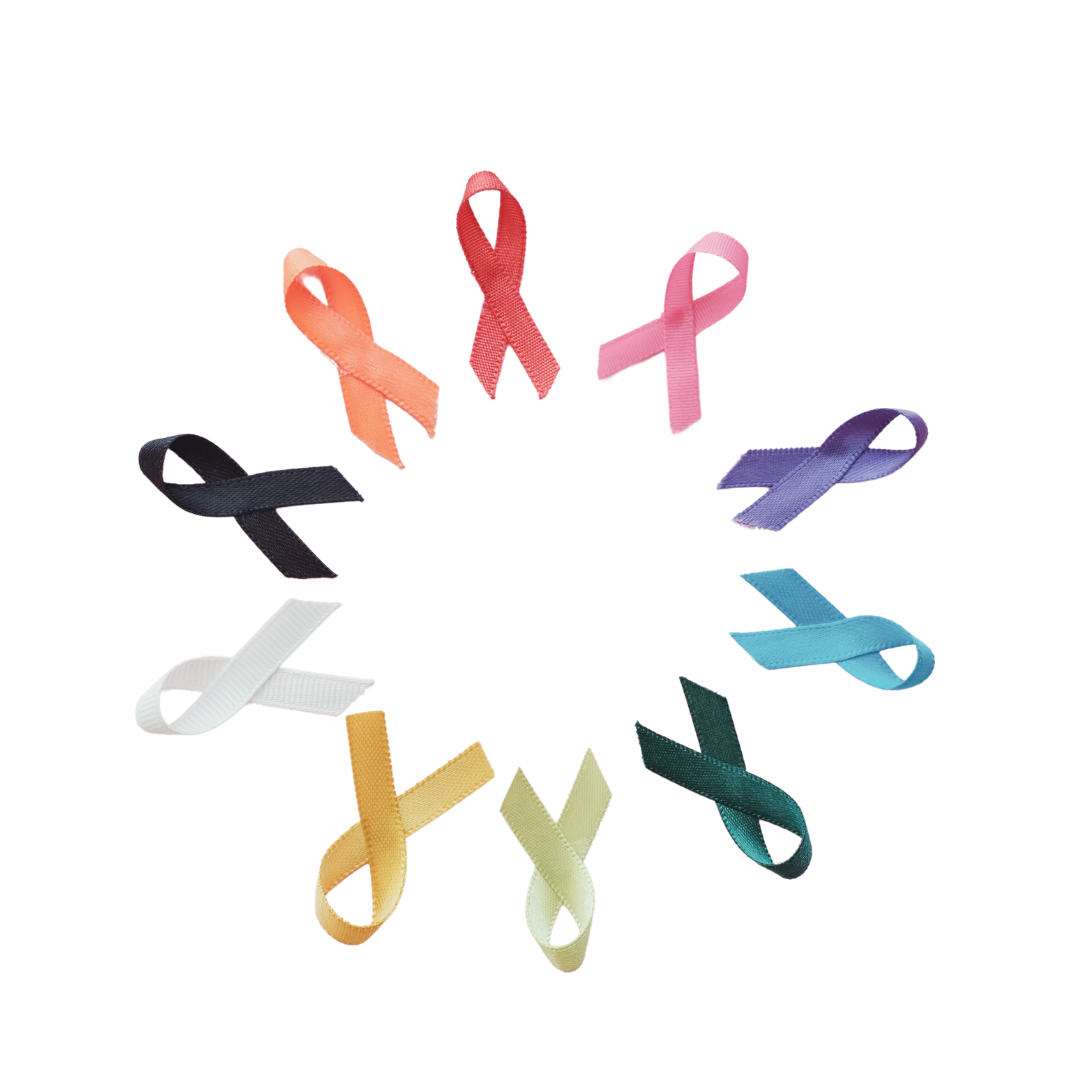Skin Cancer
Skin Cancer Services
Understanding Skin Cancer
Skin cancer is the most common type of cancer worldwide, primarily caused by excessive exposure to ultraviolet (UV) rays from the sun or tanning beds. Early detection is crucial for effective treatment, as skin cancer can often be treated successfully when caught early. At Advanced Oncology Clinics, we provide comprehensive care for skin cancer, offering personalized treatment plans tailored to each patient’s specific needs.

What is Skin Cancer?
Skin cancer develops in the skin cells and can occur anywhere on the body, though it most commonly appears in areas exposed to the sun. There are three main types of skin cancer:
Basal Cell Carcinoma (BCC):
The most common type of skin cancer, which begins in the basal cells found in the lower part of the epidermis. BCC often appears as a flesh-colored, pearl-like bump or a pinkish patch of skin.
Squamous Cell Carcinoma (SCC):
This type of skin cancer begins in the squamous cells, which make up the outer layer of the skin. SCC often appears as a red, scaly patch, an open sore, or a raised, wart-like growth.
Melanoma:
The most dangerous form of skin cancer, which begins in the melanocytes, the cells that produce pigment. Melanoma can appear as a new mole or a change in an existing mole and is more likely to spread to other parts of the body.
Symptoms of Skin Cancer
Skin cancer symptoms can vary depending on the type and location of the cancer. Common symptoms include:
New or Changing Moles:
The appearance of a new mole or changes in an existing mole, such as asymmetry, irregular borders, color changes, or an increase in size. These changes can be early signs of melanoma.
Sores That Do Not Heal:
A sore or ulcer that does not heal within a few weeks, particularly if it bleeds, oozes, or crusts. This is often a sign of BCC or SCC.
Raised or Scaly Patches:
Raised, scaly patches of skin that may be red or brown and feel rough to the touch. These patches are commonly associated with SCC.
Itching or Tenderness:
Persistent itching, tenderness, or pain in a specific area of the skin, particularly if accompanied by changes in appearance.
Unusual Skin Growths:
Tests to check for markers that may indicate the presence of cancer.
Diagnostic Procedures
At Advanced Oncology Clinics, we use advanced diagnostic tools to detect skin cancer and determine its stage, which is crucial for developing an effective treatment plan:
Skin Examination:
A thorough visual examination of the skin by a dermatologist to identify any suspicious moles, spots, or lesions. This is often the first step in diagnosing skin cancer.
Dermatoscopy:
A non-invasive diagnostic procedure that uses a dermatoscope to magnify and examine the structure of skin lesions. This tool helps differentiate between benign and malignant lesions.
Biopsy:
A biopsy involves removing a small sample of the suspicious skin lesion, which is then examined under a microscope to confirm the presence of cancer cells. Different types of biopsies, such as shave biopsy, punch biopsy, or excisional biopsy, may be used depending on the lesion’s size and location.
Imaging Tests:
CT scans, MRI, and PET scans may be used to determine whether the skin cancer has spread to other parts of the body. These tests are particularly important for diagnosing and staging melanoma.
Lymph Node Biopsy:
In cases where melanoma or advanced SCC is suspected to have spread, a sentinel lymph node biopsy may be performed to check for the presence of cancer cells in the lymph nodes.
Advanced Care Options
Our approach to skin cancer care is comprehensive, offering a range of advanced treatment options tailored to the type and stage of the cancer:
Surgical Options:
- Excisional Surgery: The surgical removal of the cancerous lesion along with some surrounding healthy tissue to ensure clear margins. This is the most common treatment for BCC and SCC.
- Mohs Surgery: A precise surgical technique used to treat skin cancer, particularly in areas where preserving healthy tissue is important. Mohs surgery involves removing the cancerous tissue layer by layer while examining each layer under a microscope until no cancer cells remain.
- Cryosurgery: A procedure that uses extreme cold to freeze and destroy cancerous cells. Cryosurgery is often used for superficial BCC or SCC and precancerous lesions like actinic keratosis.
Radiation Therapy:
External Beam Radiation Therapy (EBRT): High-energy rays are used to target and destroy cancer cells in the skin. Radiation therapy may be used for skin cancers that are difficult to remove surgically or in cases where surgery is not an option.
Chemotherapy:
- Topical Chemotherapy: Creams or ointments containing chemotherapy drugs are applied directly to the skin to treat superficial skin cancers. This method is often used for early-stage BCC or SCC.
- Systemic Chemotherapy: For advanced skin cancers that have spread beyond the skin, systemic chemotherapy is used to control the disease and relieve symptoms.
Targeted Therapy:
- BRAF and MEK Inhibitors: Drugs that target specific genetic mutations, such as BRAF or MEK, which are commonly found in melanoma. These inhibitors block the pathways that promote cancer cell growth.
- Hedgehog Pathway Inhibitors: Drugs that target the Hedgehog signaling pathway, which is involved in the development of BCC. These inhibitors are used for advanced BCC that cannot be treated with surgery or radiation.
Immunotherapy:
- Immune Checkpoint Inhibitors: These drugs help the body’s immune system recognize and attack skin cancer cells, particularly in advanced melanoma or SCC that has spread to other parts of the body.
Make an

